The largest bank in the country is pulling out of the student loan market.
JPMorgan Chase will stop extending student loans to customers without an existing financial relationship with Chase on July 1, JPMorgan Chase spokesman Steve O'Hallaran told The Huffington Post. This means that only existing Chase customers -- such as student loan borrowers and customers with a deposit, loan or credit card from Chase -- can apply for student loans, O'Hallaran stated in an e-mail.
U.S. Bank -- a Minneapolis-based bank with 3,000 branches -- also stopped accepting new student loan applications at the end of March, according to American Banker.
O'Halloran declined to comment to The Huffington Post about JPMorgan's share of the student loan market or how much money JPMorgan was losing in the student loan business.
"We have decided to focus on providing private student loans only to current Chase customers as the private student loan market has continued to decline and government programs have expanded to help more students and their families," O'Hallaran stated in an e-mail.
The bank exits come as the new Consumer Financial Protection Bureau heightens its scrutiny of private student lenders. The bureau started accepting student loan complaints last month and said it expects complaints about "difficulties making full payment; confusing advertising or marketing terms; billing disputes; deferment and forbearance issues; and debt collection and credit reporting problems." Private lenders tend to charge higher interest rates than the government does.
As the feds crack down on private lenders' excessive fees, student loan borrowers are having a harder time paying off their loans, making student loans less profitable for banks. The percentage of student loan borrowers that defaulted by the second year of repayment has doubled since 2007 to 8.8 percent in 2011, according to the Department of Education. And 14 percent of all student loan borrowers -- or 5.18 people -- are in default, according to the Federal Reserve Bank of New York.
U.S. student loan debt now exceeds $1 trillion, and it is the largest source of unsecured consumer debt in the country, surpassing credit cards, according to the Consumer Financial Protection Bureau. Bankruptcy cannot wipe away student loans in most cases.
A shrinking student loan market may be bad news for student loan borrowers. For one, less competition leads to higher prices and a worse deal for customers. Students also are likely to have fewer options for financing their college educations as colleges raise tuitions and slash financial aid. Most undergraduates can borrow up to $31,000 in Direct Stafford loans from the government.